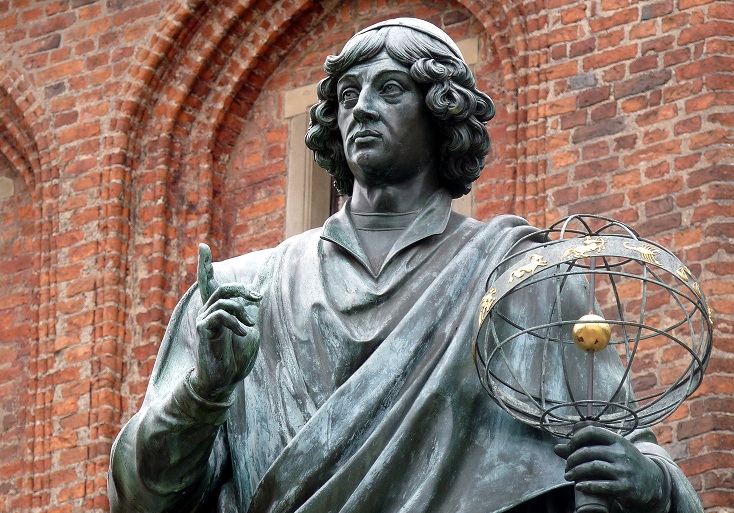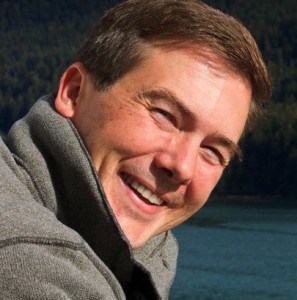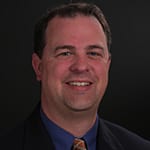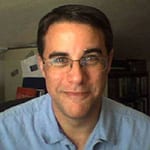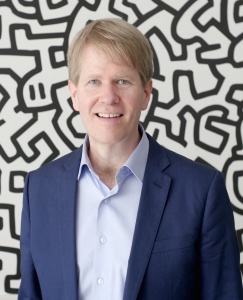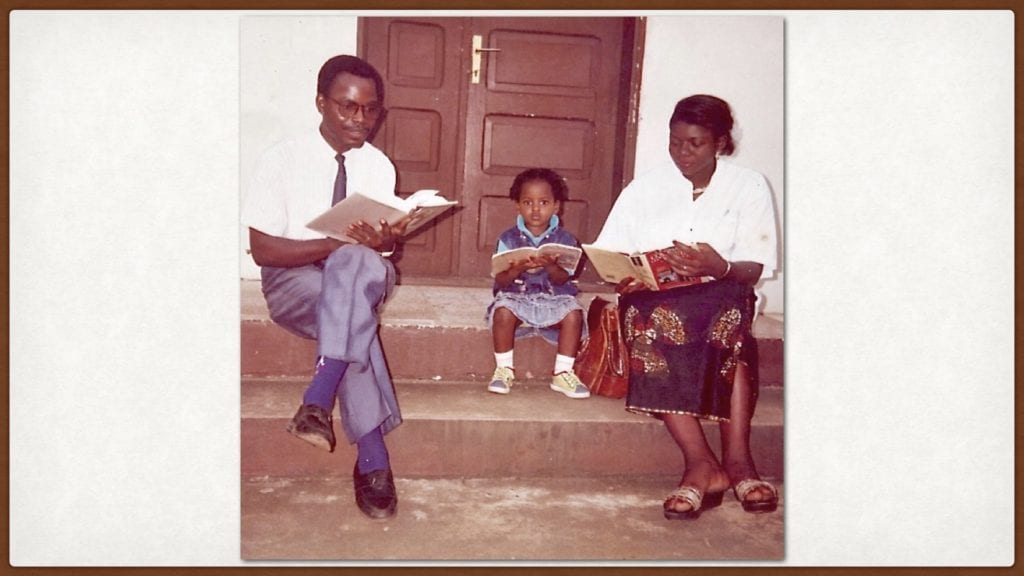
This series shares six stories about members of the Church of Jesus Christ of Latter-day Saints from the Democratic Republic of the Congo. Each story is framed in the context of a Christlike attribute. The story of Da and Angélique Tarr is an adapted and expanded from part 1 of a presentation given at the FairMormon 2018 Conference.
The video version of the entire FairMormon presentation is available on the FairMormon YouTube channel at https://www.youtube.com/watch?v=nJl9FvLKmjw
The article relating to this story can be found at the Interpreter Foundation website: Da and Angélique Tarr: The Power of Faith
Stories of the Saints in the DR Congo, Part 1
If you would like to watch the other presentations from the 2018 FairMormon Conference, you can still purchase video streaming.
